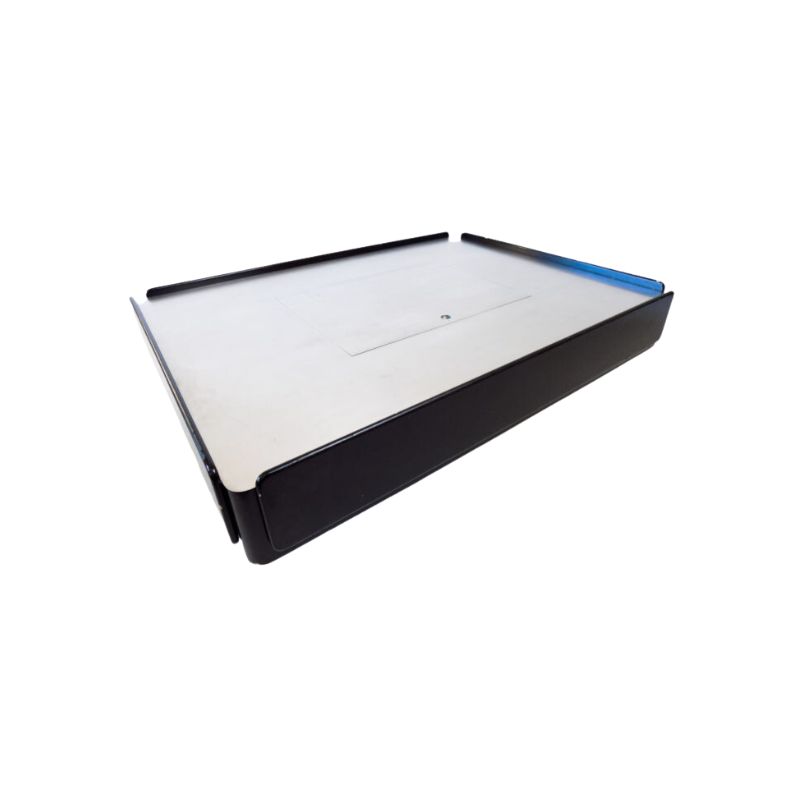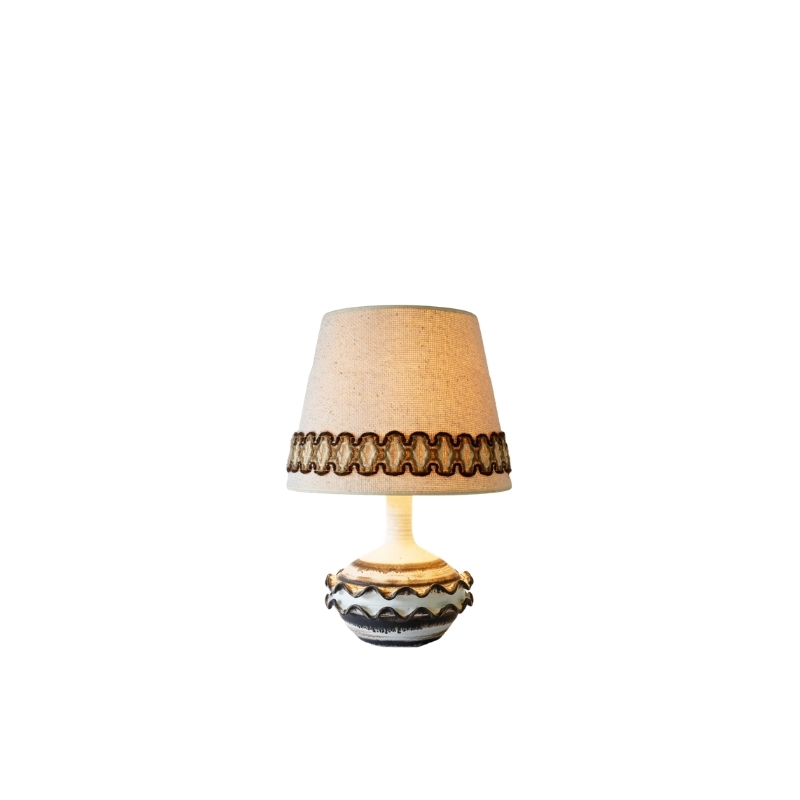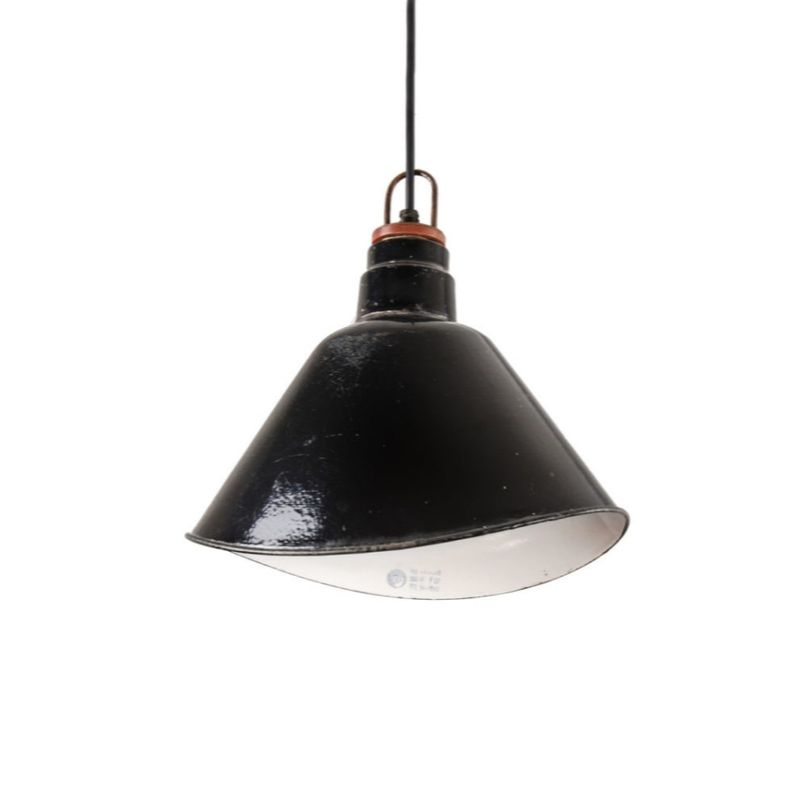Has anyone seen this chair before? there is a matching sofa too. I think the wood is teak. The only marks are incised numbers on the underside of the seat frame. It seems like Danish manufacturers are the most consistent about marking furniture; Swedish and Norwegian less so. The back is slightly concave at the top but not curved where it meets the seat. I've not seen this on any other chair of this type, at least not that I can remember. Another interesting detail are the the brass spacers under the back corners of the seat where they rest on the rear stretcher. Brass spacers aren't that unusual between the back corners of the arm frames and the back of the chair, but under the seat? I don't think I've ever seen that, either.They really don't look American at all. Oh yeah, there's also that brass slot head screw on the back corner of the arm. There is no spacer between the arm and the back frame.<img class="wpforo-default-image-attachment wpforoimg" src=" http://old.designaddict.com/sites/default/files/forum/IMG_2333.
Yeah, i'm not positive it's teak. It has more of a teak color in the photos than in real life, I think---I will have another look at the wood tomorrow in good light. I thought grain of the tops of the arms looked kind of like walnut. I think it is browner than in these photos but again, I'll have to check.
The grain in that one closeup doesn't look anything like walnut, though.
It has some strange details as you have highlighted, which sort of make me think it might not be scandinavian. If the wood is not teak, or afrormosia, I think that would make me focus on thinking about it as something else.
The grain at a distance looks like Afrormosia. But it is very, very light for afrormosia of its presumed age. Unless it was kept in a lightless vault for its whole life. The close up photo shows grain that doesn't look like afrormosia at all.
A shot of the end grain might be helpful.
There are a number of legume family woods that can look a lot like that wood and are occasionally used as teak substitutes.
Australian blackwood, for example, can look a lot like that. Try looking up chairs by "Fler." You will see that grain on the chairs made of blackwood. An Australian origin, for example, could explain the general danish styling, but the unusual little differences.
Koa, guanacaste, monkey pod, mesquite, mimosa, black locust, various acacias all have grain that looks like that more or less.
Here are some more pics of the wood, including one end grain shot. I wish I could strip off the lacquer finish to see it better but that's not possible now. I skimmed through a lot of wood photos on http://www.hobbithouseinc.com/personal/woodpics/ but I'm not good at IDing wood at all and I find that place a bit overwhelming due to the wealth of info on it. But I did see a few things that looked close.
There isn't much of the wavy grain in the chair, I think just that one part. The other two pieces are not here yet so I can't get any pics of them, unfortunately.
The color is definitely a brown--looks very much like walnut in color to me. But not the grain.
All of those shots look a lot like a pea family wood (legume). Looks a lot like monkey pod to me. Although all of them have wood that looks a lot alike.
So I would say the wood definitively suggest a non-scandinavian origin.
The experspring is still confusing me, because the I have not seen it except in Scandinavian pieces.
Rhodesian Teak is another wood that is pea family. Perhaps look into that possibility. (If you want a scandinavian looking chair and you have Rhodesian Teak available, it seems like a plausible choice).
I have a pair that it is clearly stamped glostrup mobilfabrik. Mine however the screw is hidden by a brass cap. And have a different arm shape. These aren't as fine as mine. The plastic coated wire exerspring is telling. I have not been able to find that on any other chair and believe me I've looked.
If you need any help, please contact us at – info@designaddict.com









